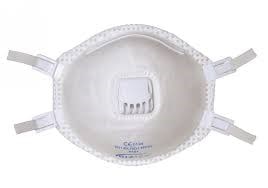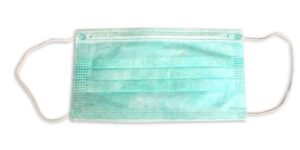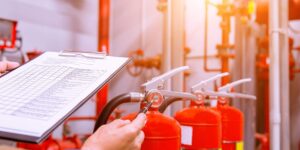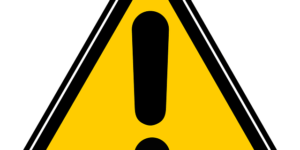In the current situation, there is a lot of real and perhaps even more false information about the properties, effectiveness, and protection against viruses of respiratory protection masks. In accordance with the professional position of all standard-setting international organizations, including the World Health Organization, a respiratory protection device of at least FFP2, FFP3 filter class should be used to ensure the respiratory protection of the medical staff during the treatment of suspected cases of COVID-19 based on the case definition and the care of the sick.

Figure 1

Figure 2
What does FFP mean?
The FFP value is a number used to identify respirators. The abbreviation FFP means:filtering face piece“, i.e. a protective device with a filter on the face. Their classification ranges from 1-3.
The FFP1 respiratory protection mask or dust mask is only suitable for filtering solid particles. Protects against non-toxic dusts and water-based aerosols. It is typically used for the treatment of stones and the environment of cellulose materials, but it can also be used in the construction industry as protection against dust.
The FFP2-marked breathing protection mask or dust mask helps protect against slightly toxic or irritating solid aerosols and liquids. It should be used in cases where these substances are present in the air. Such material includes, among others, sawdust particles entering the air during the sanding of softwood, working with various composite materials, etc.
The highest level of protection is provided by the FFP3-marked breathing protection mask or dust mask. It is suitable for protection against toxic and health-damaging dusts, fumes and aerosols. Devices belonging to this protection class filter out carcinogenic and radioactive pollutants, and what is most important in our case, pathogens, viruses, bacteria and fungal spores.
When buying, always find out what level of protection the mask has. Let's not make the mistake of thinking that by wearing other masks that give a false sense of security, we have become untouchable from the Covid-19 virus.
Wearing a respiratory mask or mask:
During the correct application of the respiratory protection, the mouth and nose should be closed around the mouth and the edges should be completely closed against the face. You should know that when exhaling and inhaling, the air always chooses the least resistance, so if there is a gap between our face and the mask, the air will find this way. Ambient air bypassing the filter system weakens the protective ability of the respirator. When using a respirator, it is important to ensure adequate insulation between the edge of the respirator and the wearer's face. In the event that this fit is not appropriate, dirt, bacteria, viruses, and fungi can get under the respirator between the gaps, thus creating a permanent connection between the individual and the health-damaging environment.
All other non-FFP type masks are good enough to protect the wearer from droplets entering and leaving the mouth directly. These masks only cover the mouth so that the droplets found in the air do not enter it directly, or they are only weighed down, but they are significantly larger than aerosols. The disadvantage of these devices is that they do not exclude unfiltered air either. Their advantage in this case lies in the fact that the number of unintentional face touches is significantly reduced. This prevents pathogens from entering our body. Their use is recommended for patients so that they do not become infected as much.

Figure 3
In addition to the ability to protect, another important factor is comfort. If wearing a respirator is uncomfortable for an individual, the wearer may not wear it for the duration of the emergency.
The most important information during the correct application of respiratory protection:
- In all cases, it is necessary to remove protective equipment from the packaging in a "clean" place, with uncontaminated hands;
- When touching the respirator, always try to touch the outer surface of the protective device so that the inner surface remains free of contamination;
- Hold the respirator against your chin, separate the lower and upper straps, then pull the upper over your head; the bottom under the ears, then adjust them to fit comfortably;
- When attaching the lower and upper straps, be careful not to twist the straps;
- Smooth the nose clip along your nose so that you do not feel airflow around your nose when you inhale;
- When putting on the protective device, use both hands to make it as easy as possible to achieve a complete fit of the device to the face.

Figure 4
Additional important information before/during the use of respirators:
- It is recommended to remove the facial hair in order to ensure that the insulation of the respirator is adequate, so that substances harmful to health cannot enter the inner surface of the respirator through the gaps created by the facial hair;
- For long hair, it is recommended that your hair be braided.
Fit test (respirators with and without valves)
- In any case, make sure that the respirator fits your face properly;
- Cover the respirator carefully and without movement using both hands,
- If the breathing protection device is without a valve, exhale forcefully!
- If the respirator has a valve, then inhale strongly!
In the event that you feel sick or go to a place where there may be a large number of people or you are not aware of the conditions there, we definitely recommend the use of the above-mentioned respirators - masks, thereby reducing the risk of getting infected or passing on the infection ourselves .
#stay at home





